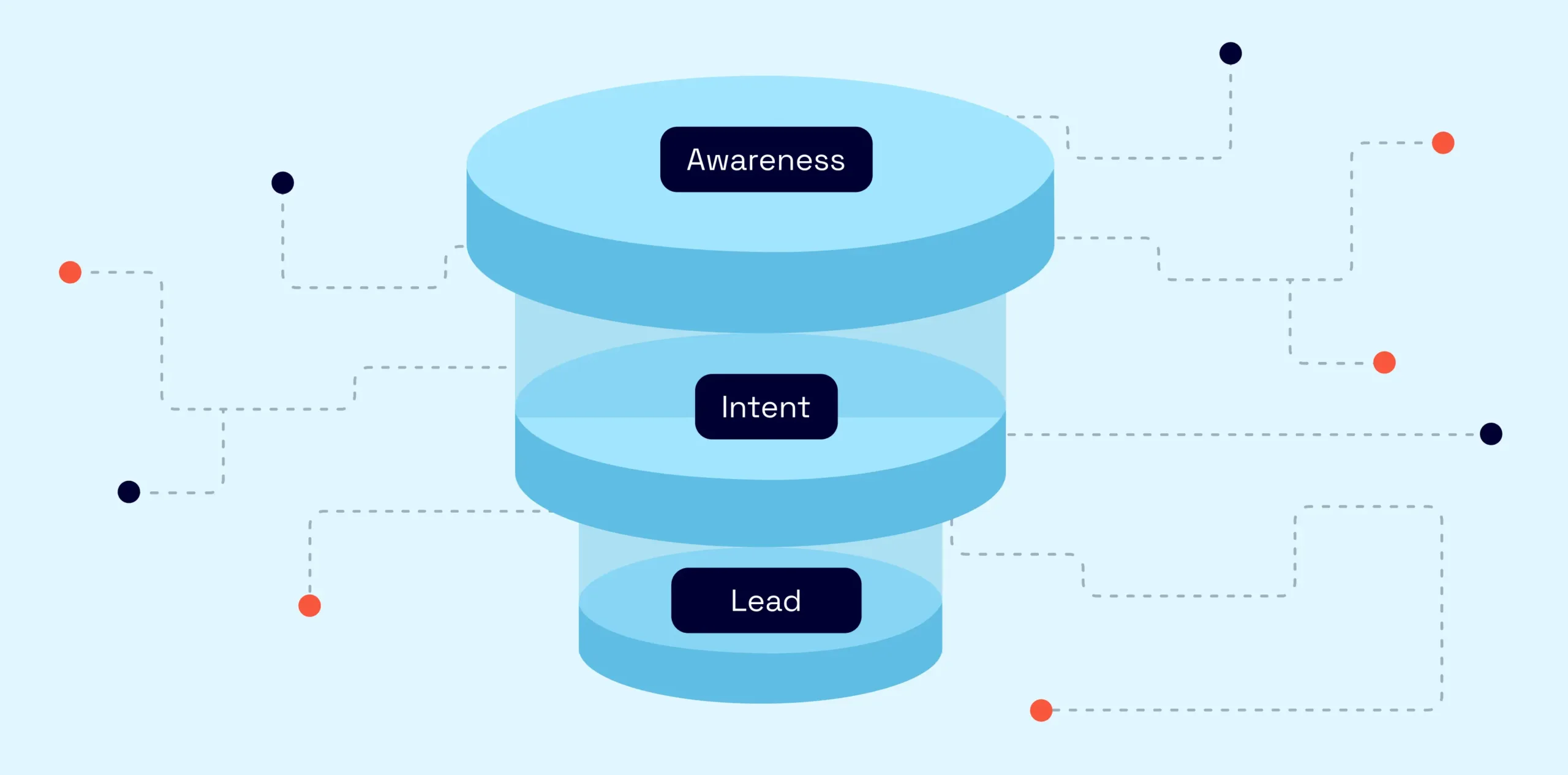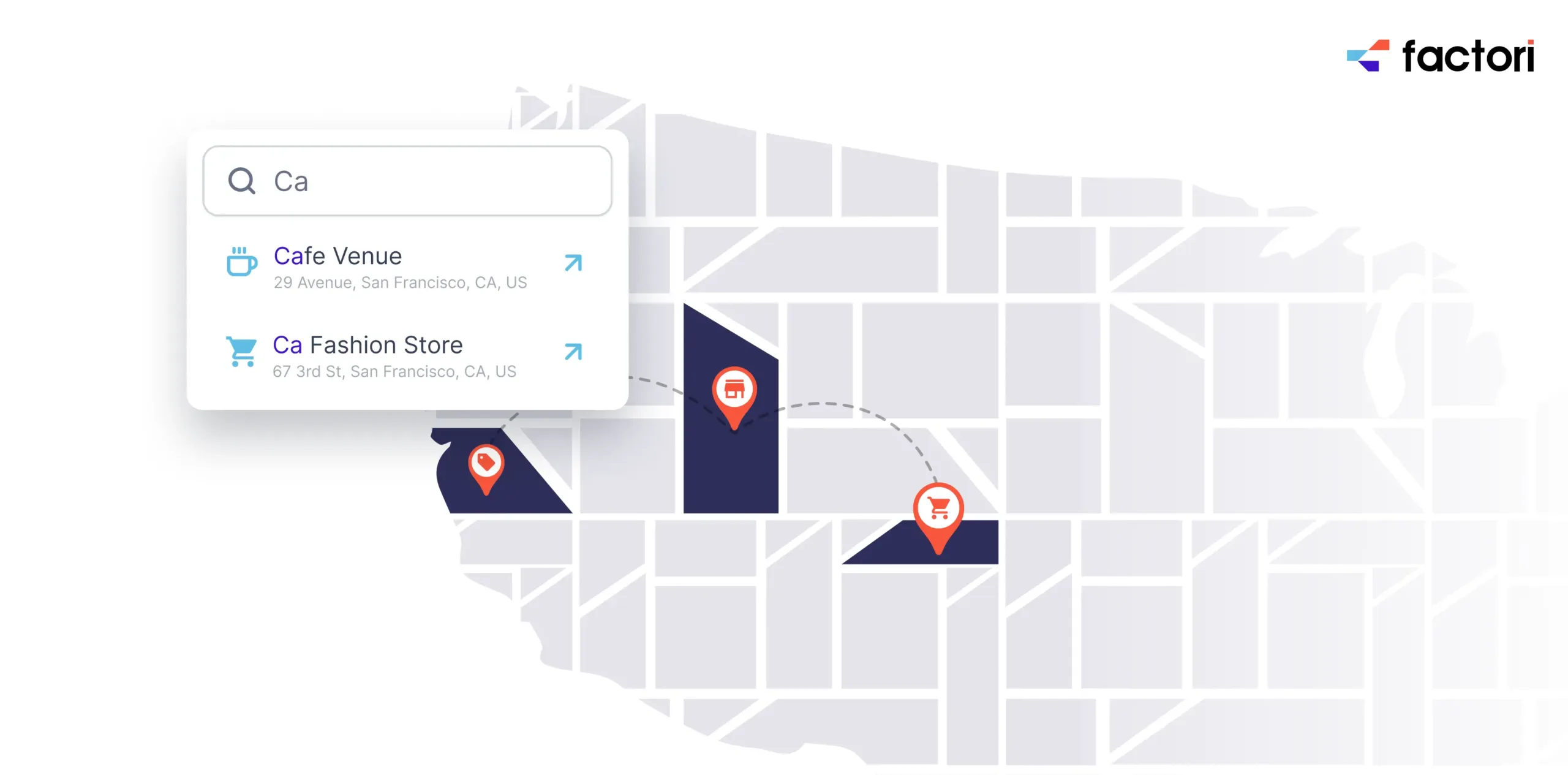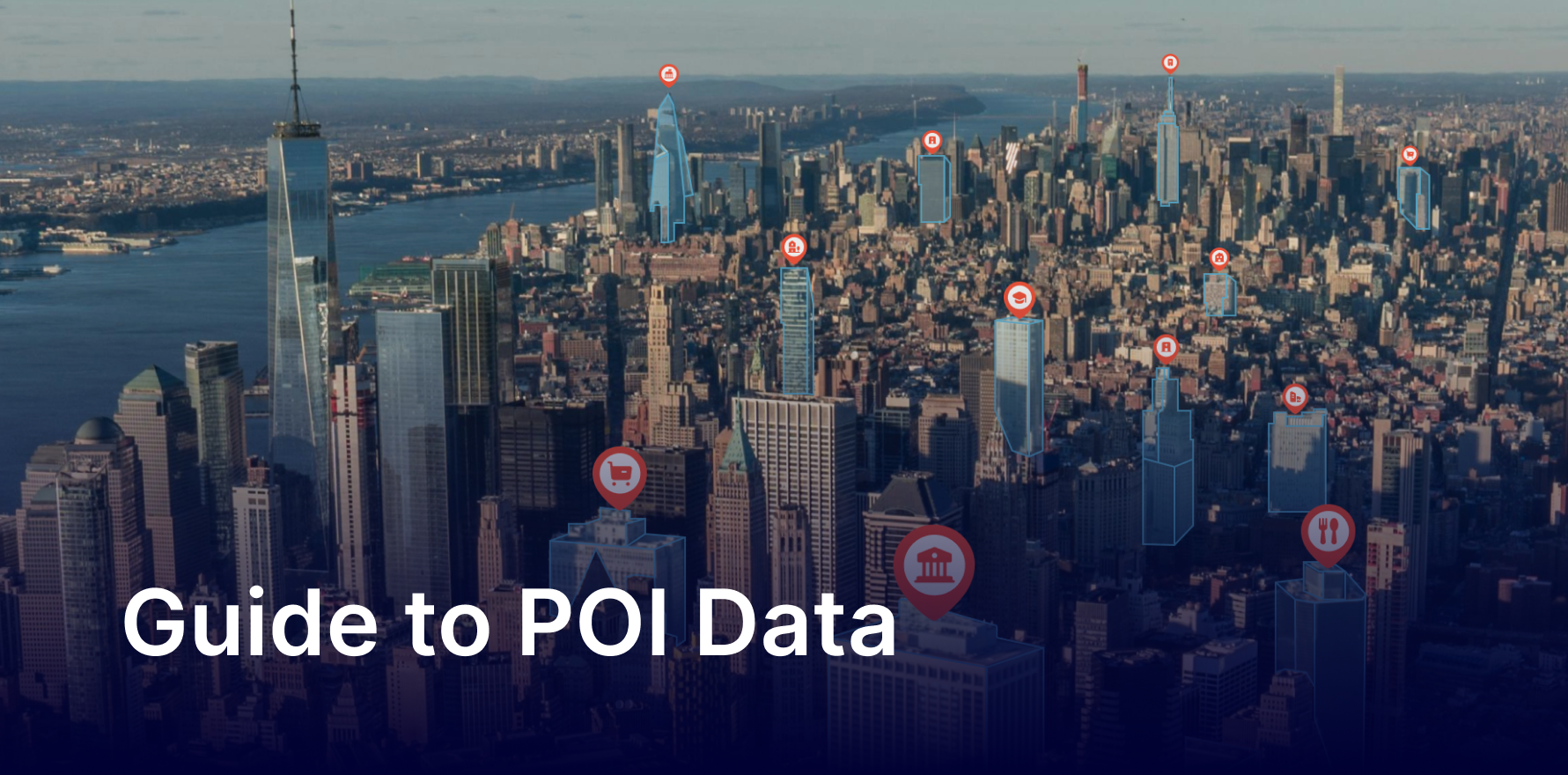COVID-19 is driving a fair amount of market volatility around the world. Individuals and businesses are seeing significant changes in their asset valuations. While these may not be top-of-mind concerns for most in the face of a public healthcare crisis, the International Monetary Fund is predicting a 3% drop in global GDP. Sooner than later, investors will turn their attention to their fragile investments. Investment managers will need significant data advantage in order to address the pressures on them to deliver consistently high returns.
Alternative data has the power to drive this advantage for investment firms. Although a new concept in investment circles, hedge funds have used alternative data for some time now to strong business outcomes. It is a vast data lake of generally non-financial data gleaned from a variety of new-age sources that inform investment managers of fresh market insights that they dont usually have.
Real world intelligence the alternative data source that can solve for the online to offline insight gap
Traditionally, alternative data has been all about unstructured and structured data such as social media, news feeds, communication metadata, satellite imagery among others. The analytics layer helped investment managers glean insights from these unstructured data lakes. But what if we were to tell you that there is a better way for investment managers to become data-centric in the post-pandemic world when the pressure to achieve peak alpha will be higher than ever before?
Enter real world intelligence. By breaking the silos between online and offline data points something traditional alternative data has not been able achieve yet real world intelligence has the power to give investment managers far better insights into their customers behavioral segments based on their online and offline behaviours as well as a sharper insight into potential asset performance based on footfall data at physical locations. As an example, with governments across the world randomly opening states and cities, footfall data can be a great tool to monitor footfall trends in the post lock down period which will provide early indicators on which business/sectors are recovering faster and consequently inform investment decisions.
A better understanding of market performance:
Alternative data first made foray in the world of investment management a decade ago when sentiment analysis on Twitter helped predict market performance. But how long should investment decisions depend entirely on sentiment, especially in a post-pandemic world and subsequently, a gloomy economy? By taking into account location-based insights on listed brands, investment banks will be able to get a better hold of potential market performance, predict growth using spend and footfall data, and identify new opportunities by studying growth areas.
Consider the example of a large listed retail chain in Asia. With more than 200 physical stores across the region, footfall traffic in their stores is a very strong indicator of business performance in the mid- to long-term future. When investment managers combine this real-world intelligence with sentiment analysis, they would be able to base investment decisions on behalf of their customers on more holistic data sets.
Alternative data will set the path to alpha
Holistic alternative data that breaks the silos between online and offline worlds of brands and businesses, as well as customers, will be critical amidst the uncertainties of the post-pandemic era. The sooner investment firms opt in to become more data-obsessed than ever before, the faster they will be able to gain the information advantage and this time for real.
Holler for a demo and let us show you how we can power this journey for you.
You may also like








